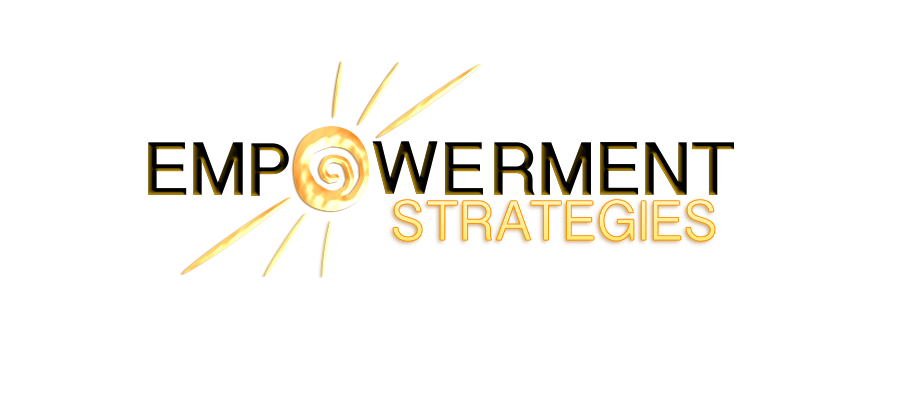
So Much Happier Blog
The Enigmatic Turbo Boost
“You can’t depend on your eyes when your imagination is out of focus.”
Last week we considered a systematic, structured approach to planning out strategies for change in your life. Using a template like that one can be extremely helpful to keep you on track. Doing so also helps to remind you that it’s normal for change to be a process that requires a continuing loop of thought, work, and experience—most of us don’t have a functioning magic wand to make change instant and effortless, unfortunately! However, there’s also another side to this coin…a more feminine-energy aspect of the change process as I see it, and that’s intent.
Just deciding that you’re going to do something and holding the intent as you go about the business of the structured approach opens you to unpredictable leaps of insight that might not favor you otherwise. Inventors and artists often say that the idea just appears, or the story tells itself. In order to benefit from this kind of serendipity, it’s important to pose a request to the unconscious parts of yourself (in which you could also include your connection to a higher power if that makes sense to you) to send you answers your conscious mind might not find. I call that request intent. It really does have a power that’s hard to describe because the experiences it creates are not structured or linear, but more like the capricious comings and goings of a bird in the night.
Here’s the process I recommend:
· Once you’ve gained some clarity using the more structured approach, define the problem you wish to solve as specifically as you can. Use positive language, as in, “I intend to come up with an idea/find information that will help me to become well easily and in an enjoyable way” rather than “I don’t want to be in pain.”
· Even if you have absolutely no idea how this could happen or doubt that it could, be open to finding a solution. Invoking an open state allows help to arrive in ways that can be surprising.
· Be willing to be a little stupid while you wait. In other words, refuse to worry about how inspiration might strike, and ignore anyone who tries to tell you that a solution is impossible. I personally know some people who have done “the impossible,” and there are plenty of people you can read about who have too. Sometimes finding what you need just takes some time.
· Know that the subconscious deals in the language of symbol. Some people find it useful to keep a pad of paper by the bed at night in case they have a dream that seems meaningful, or some interesting idea that might be helpful. You might think you’ll remember it in the morning, but often you won’t if you don’t write it down.
· Be on the lookout, in a relaxed way, for anything you come into contact with in daily life that might apply to your problem. Keeping your intent in mind can do wonders to help you notice things you otherwise wouldn’t—an overheard conversation, an advertisement, a passage from a book that sparks an insight you can use to move forward.
· Holding your intent in mind also helps you to focus on what you want to move toward rather than the thing you don’t want. For most people, this feels a lot better and helps in maintaining openness to possibility. That’s more productive than dogged pessimism that can result when you harp mentally on the problem. That tends to drain people’s energy and creativity in a hurry.
· When you think about reaching a solution, enjoy the vision of how that will be, how it will feel, and what it will enable you to do. This helps to make the end result seem more real and keep you excited about the prospect as you wait.
· It’s also a good idea to share your intent with others you can rely on to be supportive. Those others can then keep an eye out with you, and may become the source of new information and ideas you wouldn’t have come across yourself.
· Avoid sharing your intent with anyone who might not be supportive.
· Take moments throughout the day to be grateful for what is good in your life already, and for solutions you’ve already found that were a big help in reaching a goal or a milestone.
While you don’t have to become a single-minded, obsessed weirdo about this, I do recommend that you bring your intent back to mind several times per day. Otherwise it’s easy to become busy and forget all about it for days or weeks at a time, and then you’re losing all the benefits you might have enjoyed with a bit more focus. And don’t worry if all of this seems a little awkward at first. It may take you some time to become comfortable with the idea of focusing on an intent that might seem unlikely; your mind may tell you that there’s no point, but the mind is not in control of all things. Working with your intent is not a substitute for structure and strategic action, but it can be a real boost to a process you’ve begun to move your life forward. Try it out and see what happens. You just might find that interesting experiences are set in motion in ways you couldn’t have predicted. Structure and intent together form a synergistic whole that you might find to be a new adventure in the pursuit of your ideal.


